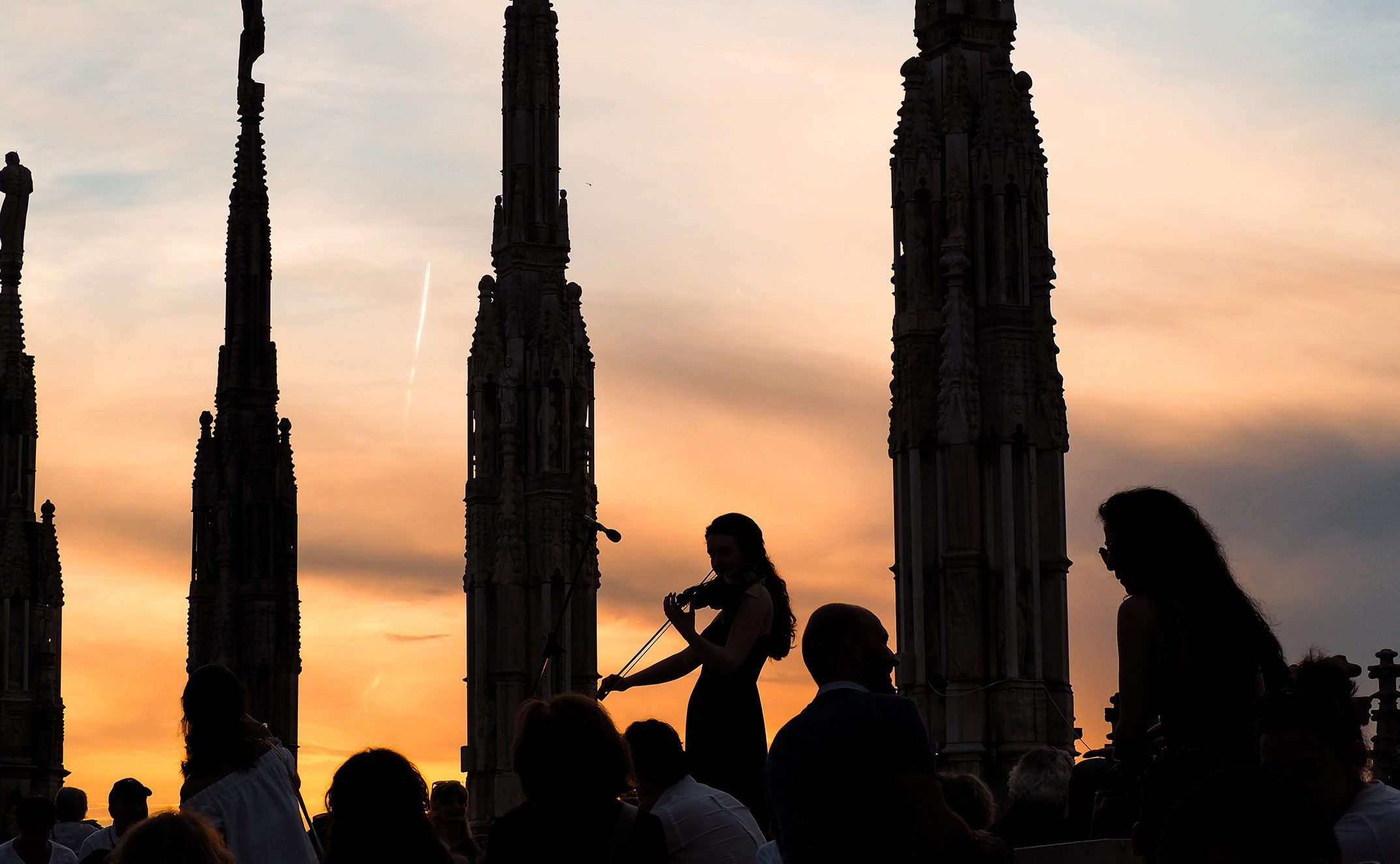Born in Milan in 1427, Michele Carcano joined the Franciscan Order in the convent of Santa Croce in Boscaglia, Como, probably influenced by the sermons of San Bernardino da Siena (St. Bernardino of Siena). Promoter of the Franciscan ways. He soon became the representer of the reform at the Carcano too, pairing it to the moral preach, an action that is considered more social.
He distinguished himself as an extraordinary preacher and promoter of the hospital reform and of a more effective management of the holy works, convincing among other things Francesco Sforza and Bianca Maria Visconti to create the Major Hospital, called Ca’ Granda. It’s name is linked to the realization of the first mountain of pity in Perugia, in the year 1462, where he came thanks to an invite of the bishop Ermolao Barbaro, newly charged governor of the Umbrian city, that had the intention of make him preach against the the jew usurers. The Mountains of Bologna and other cities soon followed.
Due to him enraging the usurers, in the year 1471 he was banished from Milan. Beato Carcano died at Lodi in the year 1484 after having a stroke on the pulpit.
The tales of the statue in Dome’s building site:
Beato Carcano’s statue at the top of spire G8 stylistically stands apart from the other statues that crown the Duomo. The profile is not particularly harmonious but is, instead, rather stiff and composed. In fact, it is one of the recent works produced for the Duomo. Based on the original scale model by Lanfranco Frigeri, the statue was later made by Mario Bassetti in ca. 1951. Beato Carcano is portrayed hooded and entirely wrapped in a large cloak featuring stiff folds. His thin sharp face appears from under the hood, looking to the right, to the East where the sun rises.





 Tiburio
Tiburio

